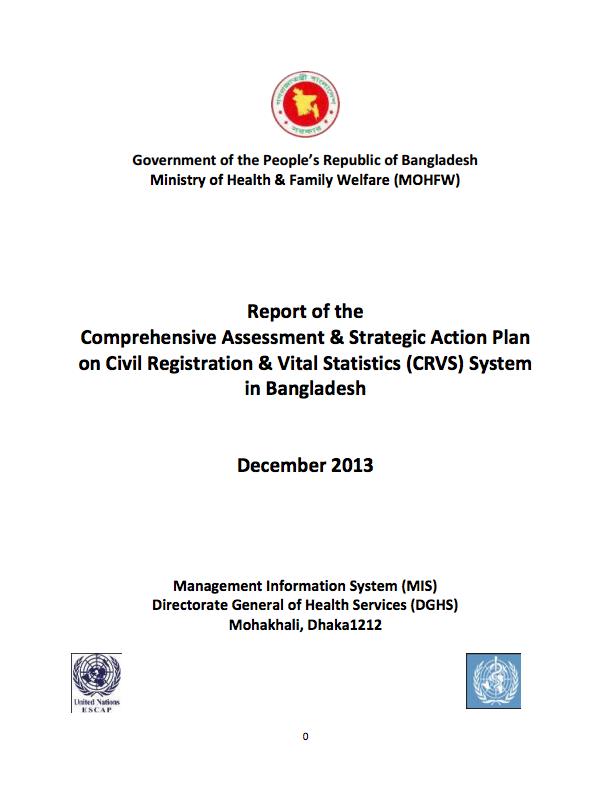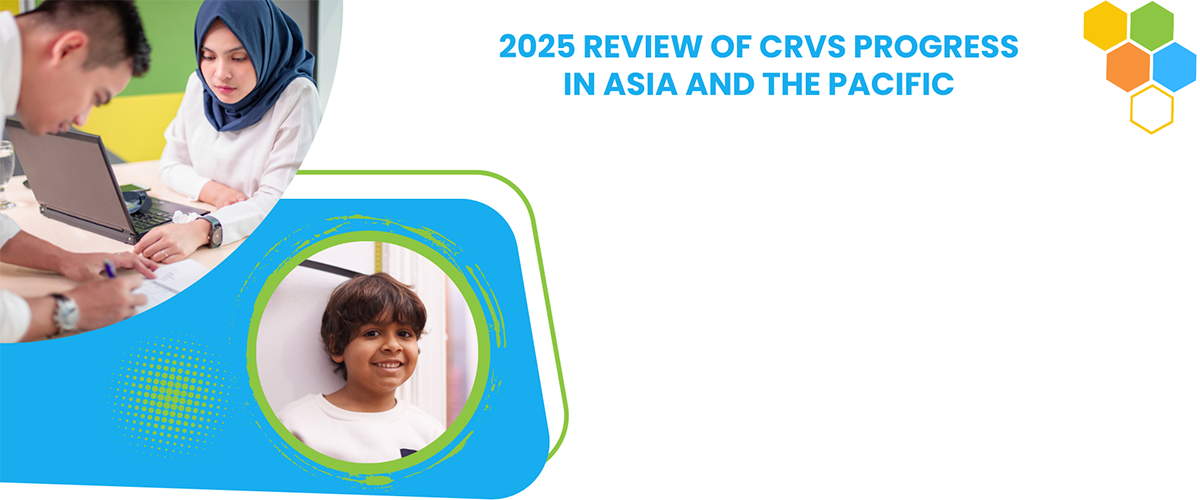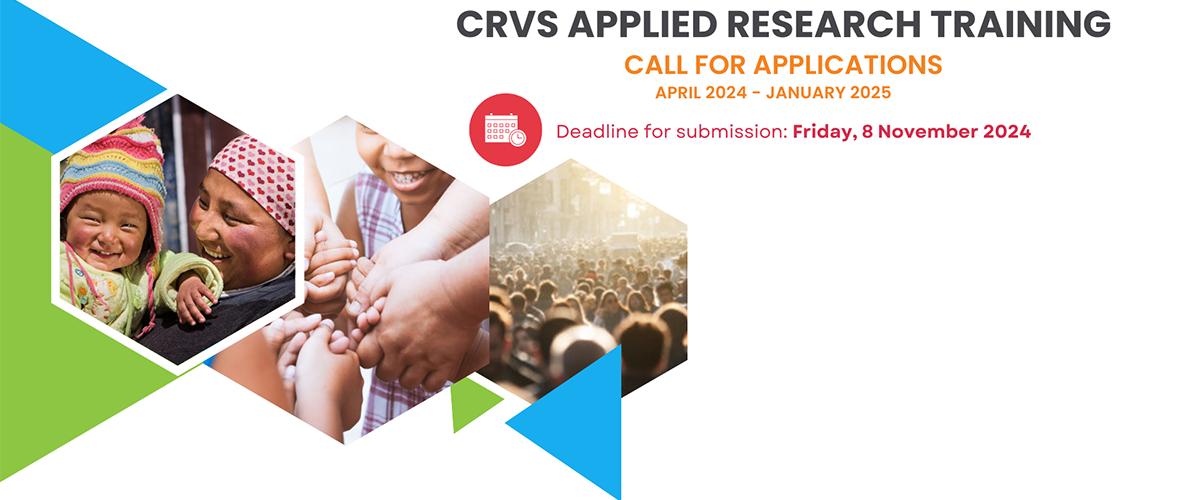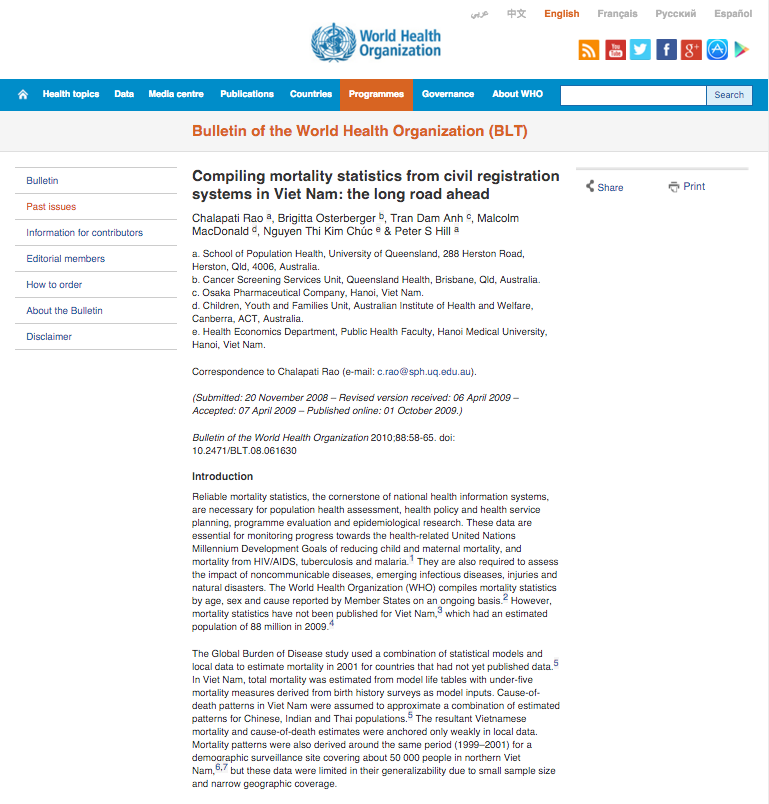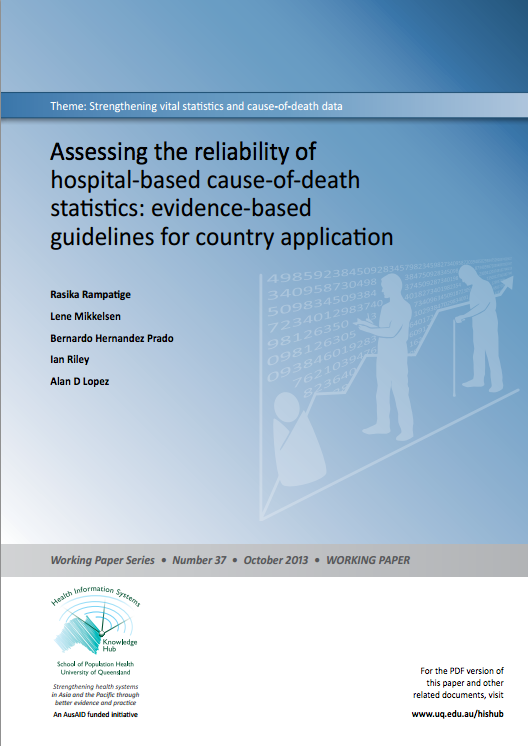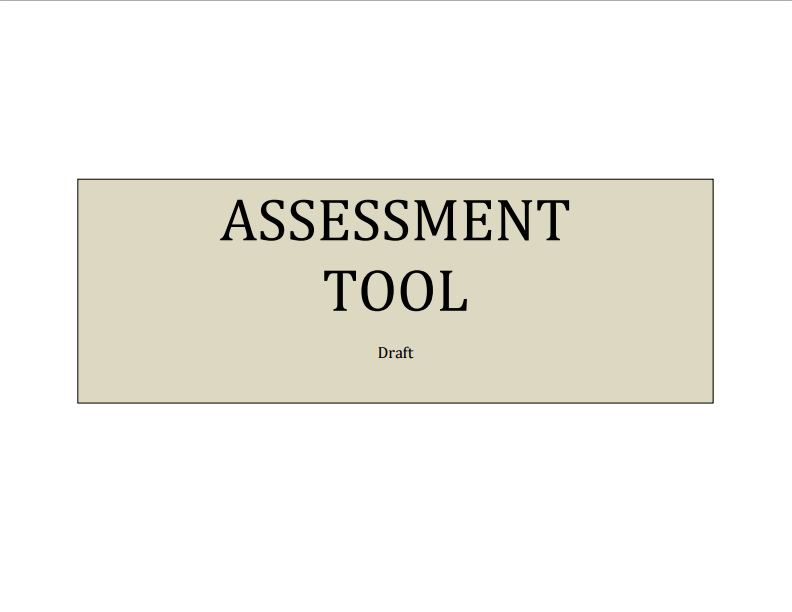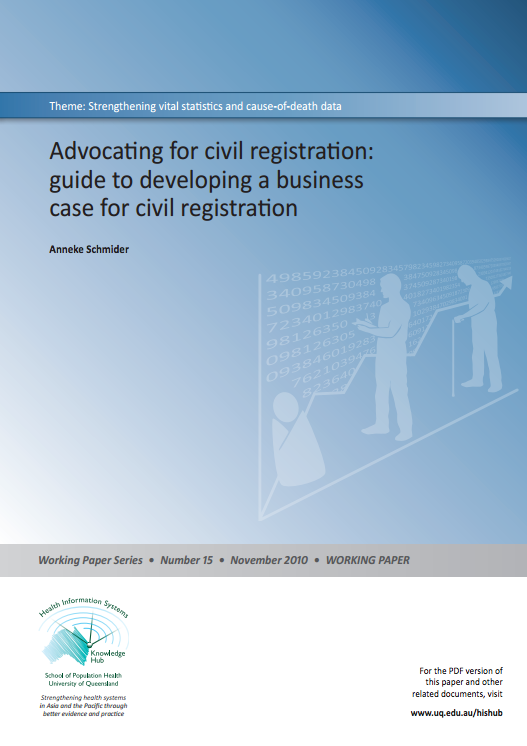Comprehensive Assessment and Strategic Action Plan Report Bangladesh
An assessment of the Civil Registration and Vital Statistics (CRVS) system in Bangladesh was undertaken to identify gaps. Following this process, a CRVS Strategic Action Plan has also been developed. The activities were carried out from September 2012 to December 2013.
